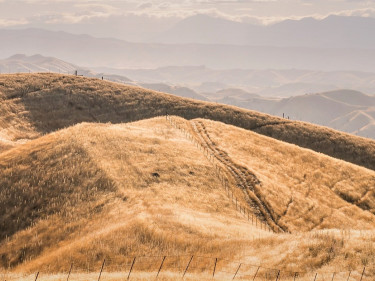Update from public consultation
Thank you to those that submitted feedback on the draft fire plans. All input was carefully considered and made a real difference in helping us improve and finalise all fire plans.
The formal consultation ran from 28 April to 9 June 2021. We received feedback online, by email and through social media comments on ads promoting the consultation.
We received 155 formal submissions from the consultation and each fire plan received feedback (ranging from three to 19 items per plan). Eight organisations and two members of the public provided feedback spanning all plans. These perspectives have been broadly grouped into the following sectors:
- Forestry
- Farming & horticulture
- Territorial Local Authorities (Regional, District & City Councils)
- Conservation
- Emergency preparedness
- Infrastructure related organisations
- Other landowners
- Members of the public
Themes from the submissions for the fire plans included air quality, fire breaks, fireworks, fire hazards and risks, powerlines, publicity methods for fire bans/restrictions, rubbish fires and trigger thresholds. There was some additional commentary about other issues outside the scope of fire plans, such as property access in the built and natural environments, controlled house burns, and content more suitable for response plans.














